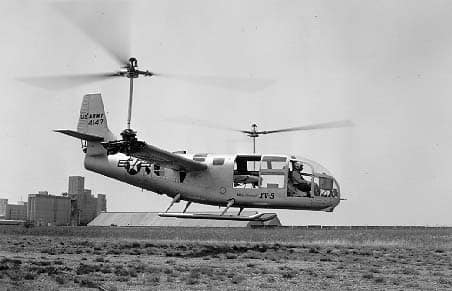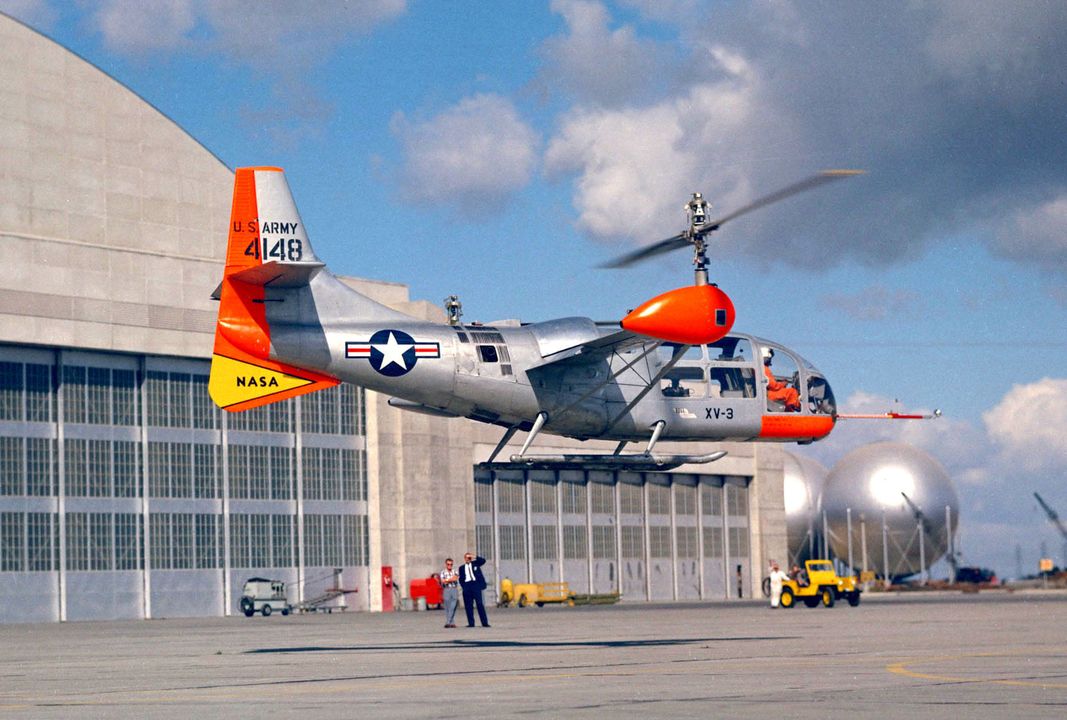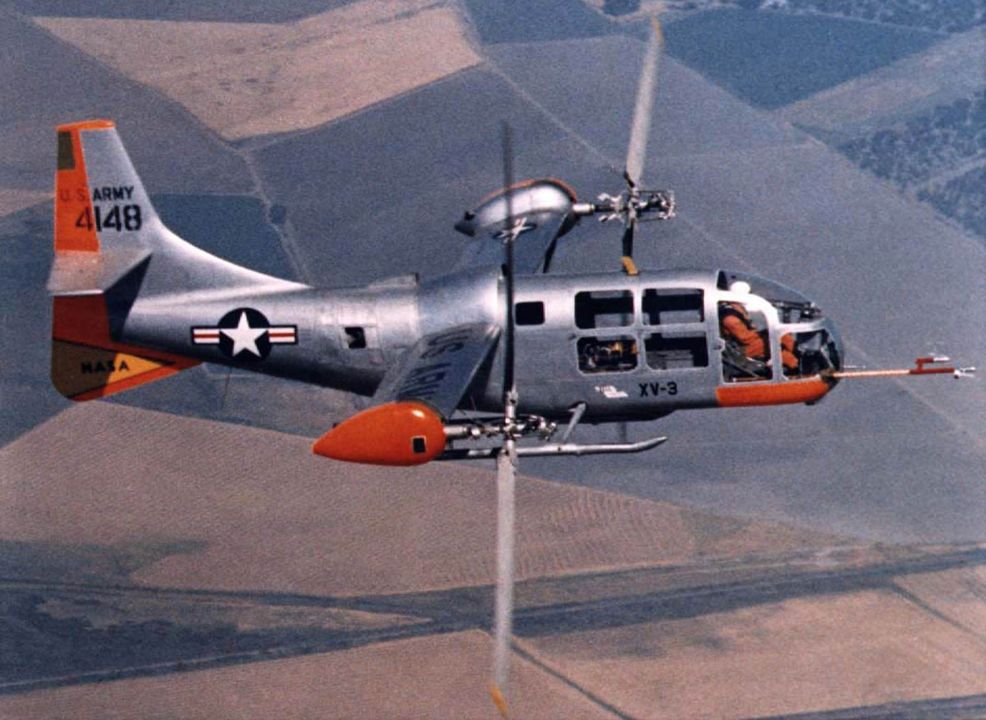Introduction to the XV-3: The Early Tilt Rotor Aircraft

Designed and developed by Bell Aircraft, the XV-3 could be viewed as the first workable Tilt Rotor aircraft. In a program jointly headed by the U.S. Army and Air Force, the XV-3 was an experimental aircraft designed to explore convertiplane technologies. In other words, it was built to test out Tilt Rotor Technology.
Technical Specifications and First Flight

First taking flight in 1955, the XV-3 was powered by a Pratt & Whitney R-985-AN-1 Wasp Junior engine mounted in the fuselage. While the Rotors were mounted on the wingtips and were driven via drive shafts. It could not carry any passengers and only had one pilot, but the XV-3 was an experimental aircraft, so it really wasn’t an issue.
Test Flights and Achievements

From 1955 to 1966, the XV-3 conducted a total of 250 test flights, 110 of which saw the aircraft converting from Vertical Flight to conventional. Despite numerous hiccups and some issues, the testing itself went well, and the data collected from these tests were ultimately used during the design of the V-22 Osprey.
The Legacy of the XV-3
In total, two XV-3 aircraft were built, and one is currently on display at the National Museum of the United States Air Force in Ohio.
~NC









